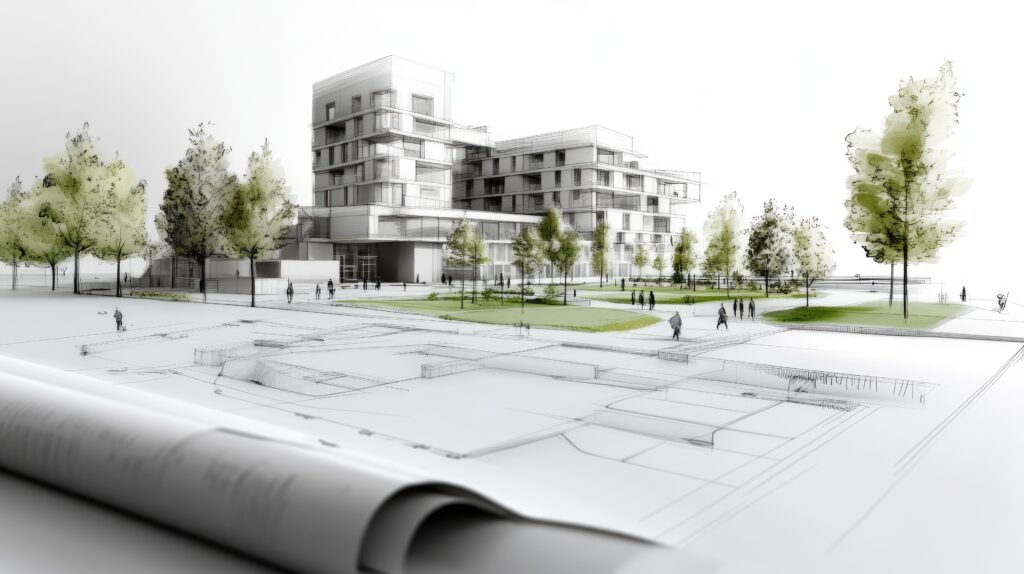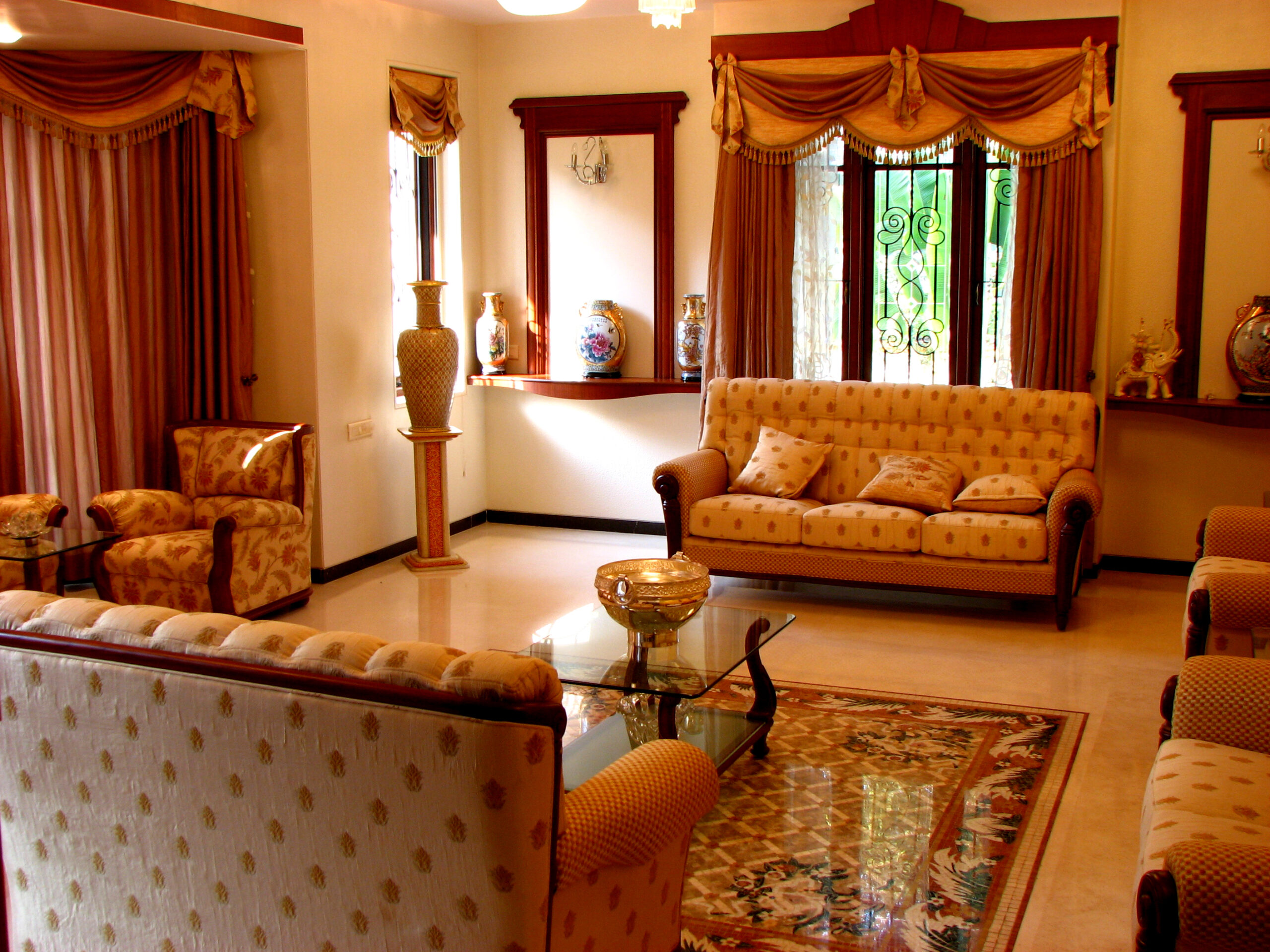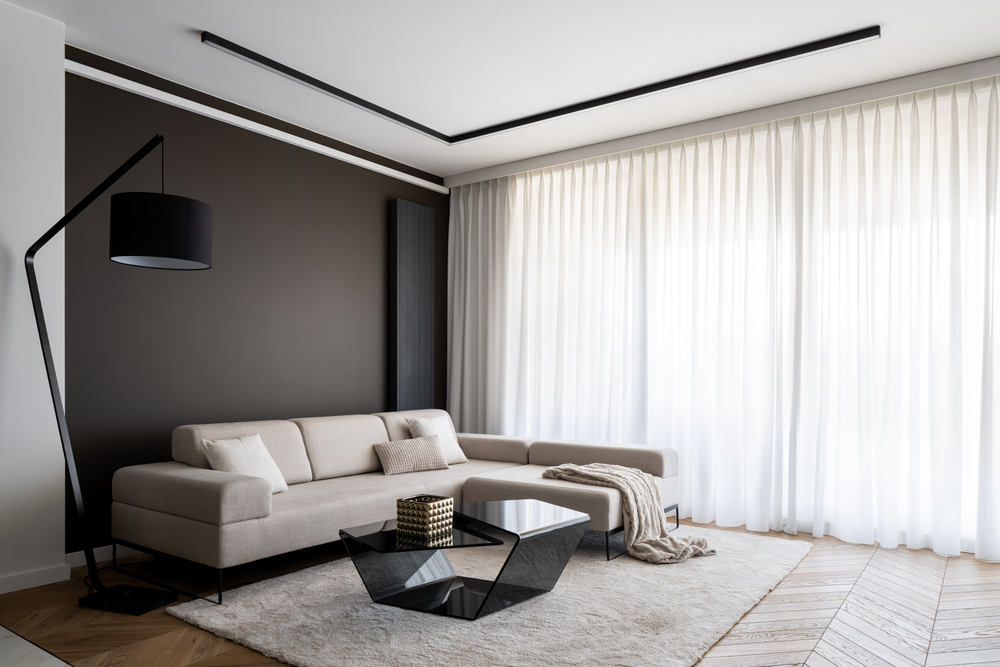Urban design plays a crucial role in shaping how people experience a city. From pedestrian-friendly pathways to green spaces and well-planned streetscapes, every element contributes to a city’s functionality and appeal. Street furniture manufacturers are at the heart of this process, working closely with urban planners and city councils to create spaces that are not only aesthetically pleasing but also practical and sustainable. By designing, manufacturing, and installing essential infrastructure such as park furniture and bus shelters, these manufacturers help cities remain vibrant, accessible, and environmentally responsible.
Collaborating with Urban Planners for Smarter Cities
Urban planners and councils must consider various factors when designing public spaces, including accessibility, sustainability, and durability. This is where street furniture manufacturers step in, offering expertise in crafting tailored solutions that meet the needs of modern cities. Through ongoing collaboration, they provide cities with custom designs that blend seamlessly with existing architecture and natural surroundings while ensuring maximum usability for residents and visitors alike.
The Importance of Custom Street and Park Furniture
Every city has its unique character, and custom street and park furniture helps maintain and enhance this aesthetic identity. Whether it’s a coastal town that requires corrosion-resistant seating or a bustling metropolitan area that needs sleek, modern designs, tailored solutions ensure that street and park furniture serves both functional and decorative purposes. Customisation also allows for accessibility-focused designs, ensuring that seating, tables, and amenities are inclusive for people with disabilities, parents with prams, and elderly residents.
The Shift Towards Sustainable Materials
Sustainability is now a key priority in urban development, and street furniture manufacturers are leading the charge by utilising recyclable composite materials. Instead of relying on traditional materials that degrade quickly or harm the environment, many manufacturers now incorporate eco-friendly alternatives like recycled plastics, sustainably sourced timber, and durable composites. These materials not only reduce environmental impact but also provide long-term cost savings for councils by minimising maintenance and replacement needs.
More Than Just Bus Shelters: The Backbone of Public Spaces
These manufacturers make more than public bus shelters; they provide cities and communities with essential amenities like sports shelters, public seating, picnic settings for parks, bin surrounds, bicycle racks, bollards and barriers, fencing, tree guards, and so much more. Streetscape furniture can thus be seen as the backbone of a well-functioning and liveable city thanks to the dynamic relationship between manufacturers and local urban planners in councils.
Designing for Longevity and Adaptability
Future-proofing urban spaces requires designing adaptable and long-lasting infrastructure. This is why park and street furniture is increasingly built with modular elements that can be easily repaired or updated rather than replaced entirely. Adjustable and modular seating arrangements, for example, allow for flexible urban layouts that can evolve with a city’s changing needs. Similarly, well-designed bus shelters incorporate weather-resistant materials and smart technology, such as solar lighting, to enhance public transport accessibility.
Smart Street Furniture: A Glimpse into the Future
The future of street furniture lies in smart, technology-integrated designs that enhance public spaces while improving sustainability. Cities worldwide are adopting solar-powered benches that provide USB charging, digital kiosks that offer real-time transit updates, and sensor-equipped bus shelters that monitor air quality and temperature. These innovations not only improve convenience for urban residents but also contribute to energy efficiency and data-driven urban planning. As Australian cities continue to evolve, incorporating smart street furniture can help create more connected, user-friendly, and sustainable environments.
A Case Study: Melbourne’s Commitment to Sustainable Urban Design
Melbourne has long been recognised for its commitment to innovative and sustainable urban planning. The city’s approach to park furniture and streetscape design integrates eco-friendly materials, adaptable seating solutions, and smart infrastructure to enhance public spaces. Initiatives like green tram stops, pedestrian-friendly laneways, and modular seating installations have transformed Melbourne into a city that prioritises functionality, aesthetics, and environmental responsibility. By collaborating with street furniture manufacturers, Melbourne continues to set a benchmark for other Australian cities looking to future-proof their urban spaces.
The Lasting Impact of Thoughtful Urban Design
As cities continue to grow and evolve, the role of street furniture manufacturers in urban planning becomes even more critical. By designing and producing high-quality street and park furniture and infrastructure such as bus shelters, these manufacturers shape the way people interact with public spaces. Their commitment to sustainability, inclusivity, and long-term usability ensures that Australian cities remain beautiful, functional, and welcoming for generations to come.






